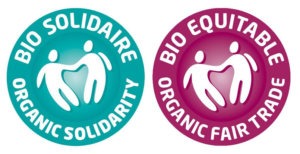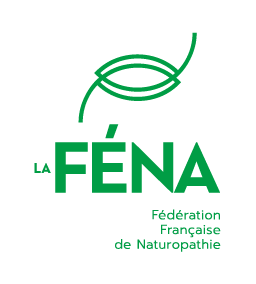Gemmotherapy
History
Pol Henry
Dr. Pol Henry (1918-1988) posited the theory that buds must contain all the energy that is formational to the development of trees. Out of an exacting scientific approach and on the basis of his observations he would develop a new treatment approach based on the study of the effect of bud extracts. He would call this new approach phytoembryotherapy.
His theory claims that plant embryonic tissues have potent, subtle biochemical and energetic properties. Each bud carries within it all of the plant’s genetic information, virtually in its entirety, and this distinguishes it from conventional phytotherapy products which use only a part of the plant (the leaves, stems or flowers, for example), and which themselves contain only a part of the information.
The bud therefore acts as a catalyst for all of the plant’s properties such as trace elements, vitamins, enzymes, hormones and mineral sap. In this way, the young plant tissue holds concentrated properties, and is therefore more potent than the adult plant.
Practical application
Gemmotherapy uses only fresh embryonic tissue from plants, trees and shrubs, namely buds, young shoots and radicles.
These embryos, when macerated in a mixture of water, alcohol and glycerine, are used in the manufacture of solutions which hold concentrated amounts of plant-based substances.
Not only does the embryonic tissue have a higher content of active substances, but it also has a much wider action spectrum than any individual part of the plant. For all these reasons, gemmotherapy is sometimes referred to as “general phytotherapy”.
Avicenna (Ibn Sîna), the mediaeval Persian philosopher, physician and scientist said: “The whole is greater than the sum of its parts”. It goes without saying that the bud, by containing the whole of the plant, is more active than the sum of the substances contained in the plant’s various components.

















